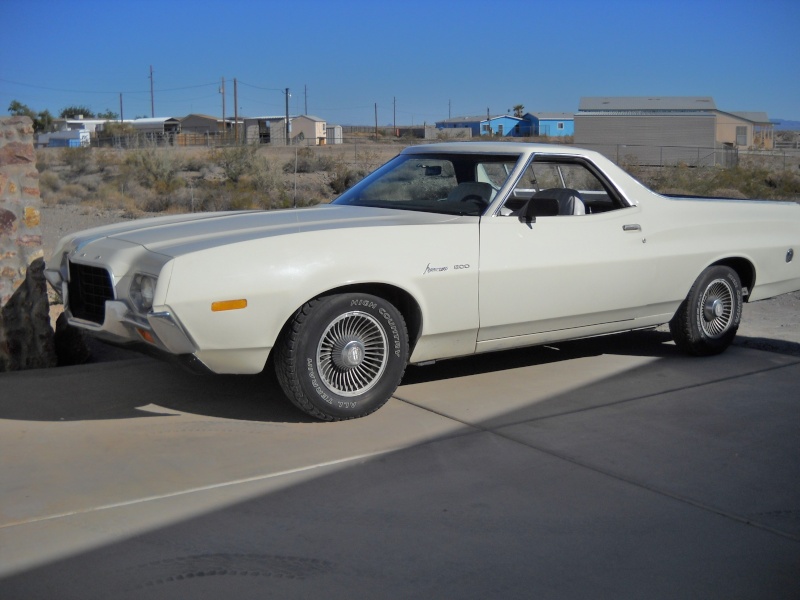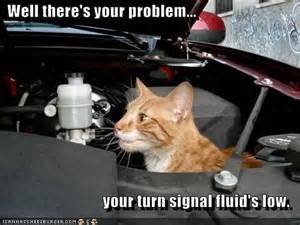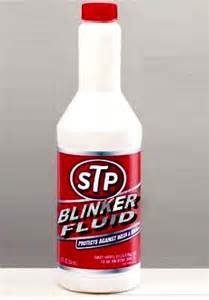Stimulate the economy, sell more new cars, help ease air pollution via higher fuel economy, fund the war effort in the Middle East all at one time! imp
"President Obama has backed the clunker plan and passage in the Senate is expected soon. Proponents claim that the so-called "Consumer Assistance to Recycle and Save Act (CARS)" may spur an estimated 625,000 vehicle sales. The program will last for one year (but that was the plan for the original federal income tax, too). The vehicle scrappage legislation was passed by the US House of Representatives by a 298-119 vote last week.
"The U.S. House on Tuesday narrowly passed a scaled-back version of a bill that would give consumers cash vouchers of between $3,500 and $4,500 if they trade in their cars for newer, more fuel-efficient vehicles.
The $1 billion cash-for-guzzlers proposal, modeled after successful programs in Germany and other European countries, is part of a $106 billion supplemental spending measure designed mostly to fund the wars in Iraq and Afghanistan. It also extends billions in new credit to the International Monetary Fund."
http://www.huffingtonpost.com/steve-parker/no-clunker-over-25-years_b_216017.html
EDIT: Some years back, an article appeared which described mandatory auto scrappage after a car reached, I think it was, 5 years of age, within Tokyo City Limits. The corollary is in the soup here, watered down, bur still, rather scary for the less-than-privileged. I was unable to find info on the Tokyo deal.
"President Obama has backed the clunker plan and passage in the Senate is expected soon. Proponents claim that the so-called "Consumer Assistance to Recycle and Save Act (CARS)" may spur an estimated 625,000 vehicle sales. The program will last for one year (but that was the plan for the original federal income tax, too). The vehicle scrappage legislation was passed by the US House of Representatives by a 298-119 vote last week.
"The U.S. House on Tuesday narrowly passed a scaled-back version of a bill that would give consumers cash vouchers of between $3,500 and $4,500 if they trade in their cars for newer, more fuel-efficient vehicles.
The $1 billion cash-for-guzzlers proposal, modeled after successful programs in Germany and other European countries, is part of a $106 billion supplemental spending measure designed mostly to fund the wars in Iraq and Afghanistan. It also extends billions in new credit to the International Monetary Fund."
http://www.huffingtonpost.com/steve-parker/no-clunker-over-25-years_b_216017.html
EDIT: Some years back, an article appeared which described mandatory auto scrappage after a car reached, I think it was, 5 years of age, within Tokyo City Limits. The corollary is in the soup here, watered down, bur still, rather scary for the less-than-privileged. I was unable to find info on the Tokyo deal.




